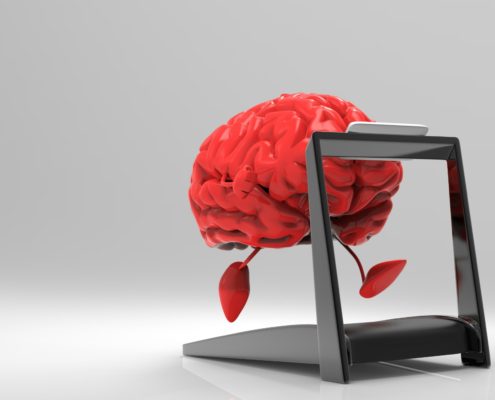FEEL BETTER & LIVE BETTER with Eye Movement Desensitization and Reprocessing!
That is what EMDR is all about! I love EMDR and so will you. I am always blown away at the incredible results client’s have had with EMDR. It is one of the top types of therapy used to treat Posttraumatic Stress Disorder and can be effective in treating anxiety, phobias, depression, addiction issues, as well as improving mental and behavioral performance. It can help you overcome your mind and body’s automatic reactions and help you create habits and practices that are in line with your goals and values!
What is EMDR?
EMDRIA.org describes EMDR in these words…
“The amount of time the complete treatment will take depends upon the history of the client. Complete treatment of the targets involves a three pronged protocol (1-past memories, 2-present disturbance, 3-future actions), and are needed to alleviate the symptoms and address the complete clinical picture. The goal of EMDR therapy is to process completely the experiences that are causing problems, and to include new ones that are needed for full health. “Processing” does not mean talking about it. “Processing” means setting up a learning state that will allow experiences that are causing problems to be “digested” and stored appropriately in your brain. That means that what is useful to you from an experience will be learned, and stored with appropriate emotions in your brain, and be able to guide you in positive ways in the future. The inappropriate emotions, beliefs, and body sensations will be discarded. Negative emotions, feelings and behaviors are generally caused by unresolved earlier experiences that are pushing you in the wrong directions. The goal of EMDR therapy is to leave you with the emotions, understanding, and perspectives that will lead to healthy and useful behaviors and interactions.”
8 Phases of EMDR
- Phase 1: History and Treatment Planning
- Phase 2: Preparation
- Phase 3: Assessment
- Phase 4: Desensitization
- Phase 5: Installation
- Phase 6: Body scan
- Phase 7: Closure
- Phase 8: Reevaluation
More from emdria.org:
“Although EMDR may produce results more rapidly than previous forms of therapy, speed is not the issue and it is important to remember that every client has different needs. For instance, one client may take weeks to establish sufficient feelings of trust (Phase Two), while another may proceed quickly through the first six phases of treatment only to reveal, then, something even more important that needs treatment. Also, treatment is not complete until EMDR therapy has focused on the past memories that are contributing to the problem, the present situations that are disturbing, and what skills the client may need for the future.”







